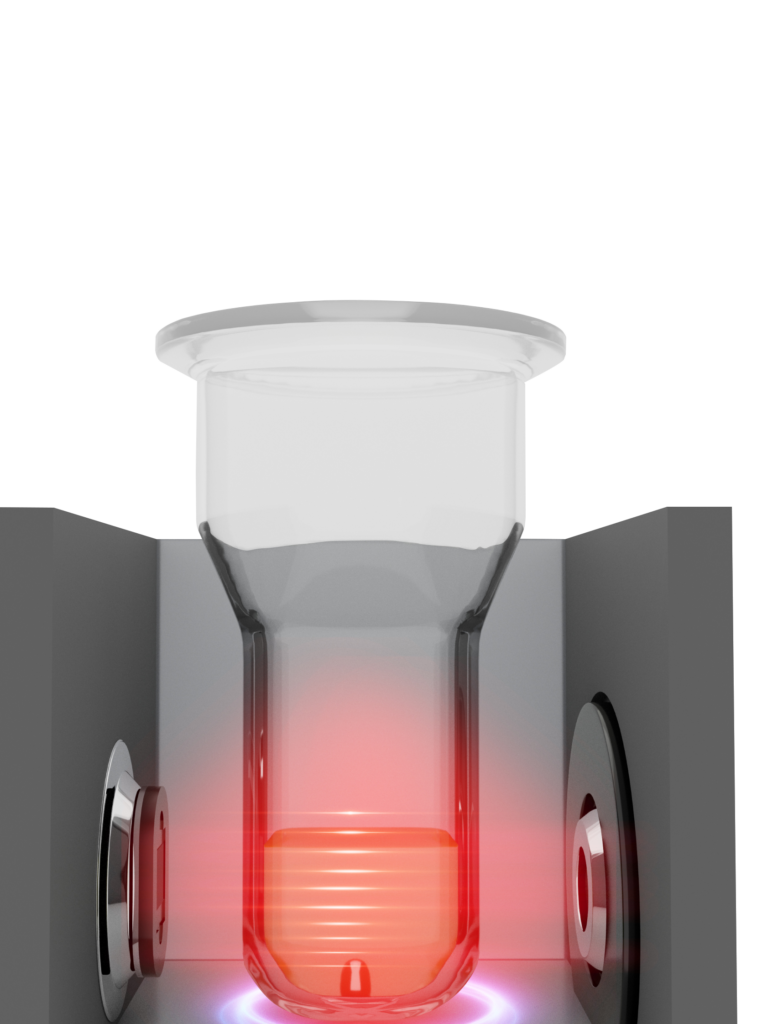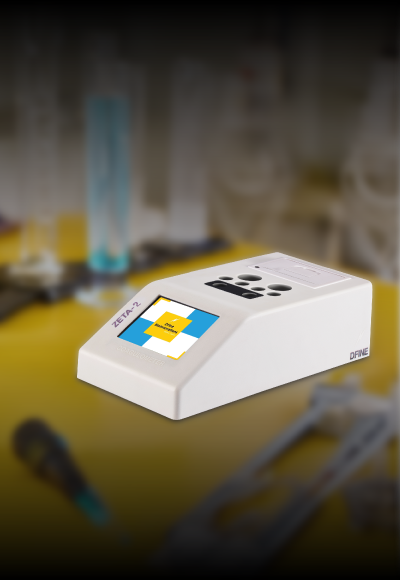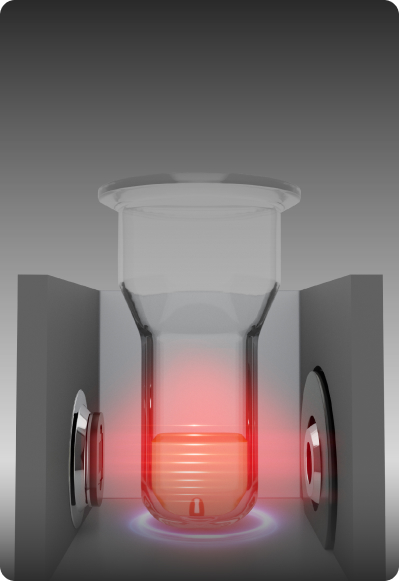What is a coagulation (Haemostasis) analyzer?
The Haemostasis analyzer serves as an important diagnostic tool (laboratory device) on patient’s (blood) sample so as to analyse and detect bleeding/clotting disorders by performing tests like Prothrombin Time (PT), Activated Partial Thromboplastin Time (APTT), Thrombin Time (TT), Fibrinogen (FIB), Factor Assay Testing (Fac 2,5,7,8,9,10,11,12,13), Lupus Testing (LA Panel), Protein C, Protein S, Activated Protein C Resistance (APCR), Inhibitor Assays (Bethedsa Testing), etc..
What are the different testing methods a coagulation analyzer adapts for measuring the test reaction?
The testing methods adapted by a coagulation analyzer are broadly classified into Mechanical method and Photo-optical (turbidimetric). Optical method is further classified into optical nephelometric, optical chromogenic (amidolytic) and optical immunologic reactions based on the reagent composition and test procedure recommendations by the manufacturer, the user will be able to choose the right method suitable for the test being performed.
What is dual technology on FibriTimer Zeta – 1?
This invention relates to a novel semi-automated hemostasis system combining two technologies on a single platform i.e Mechanical Clot Detection using inductive proximity sensor and Optical clot detection with LED and photodiode. The optical method can further be improvised for the chromogenic, immune and nephelometric testing. This novel technology is patented to @dfine bio innovations pvt ltd a Bangalore based medtech startup. Though this technology is available on automated systems, it’s the first time that such a technology was successfully incorporated on a simple semi-automated system.
How to make and use the Invention
Thrombosis and hemostasis testing is the IN-VITRO study of the ability of the blood to form clots and to break clots IN-VIVO. As thrombotic and hemostasis pathways form a part of critical disease state ranging from haemophilia to strokes and heart attacks, the testing of patient’s capabilities in thrombosis and hemostasis is a critical diagnostic tool. Should a patient’s ability to form clots in-vitro fall outside of the established norm or should certain markers be out of the normal range, the plasma sample is further assayed to determine the reason for the problem. These assays are in standard use in all hospital laboratories.
Coagulation assays began long time back as early as 1950’s for understanding defects in bleeding and thrombosis and are still done routinely in clinical laboratories across globe on many instances. The coagulation analysers primary usefulness is to remove the selectiveness in determining the exact second a clot forms in a sample in-vitro.
Limitations of current semi-automated systems:
To better the testing prospects and perform more assays without needing to outsource a sample for testing to a reference laboratory due to instruments inability to perform a given test. There was a need to bring improvements in the measurement technology of a coagulation analyzer to accommodate more tests under coagulation testing.
For instance a semi-automated coagulation system with Mechanical methodology testing cannot perform an important chromogenic test like that of AT III,
Chromogenic Protein C or Heparin Anti Xa or cannot quantitate an important Immunolatex test like that of D-Dimer due to non-availability of photo optic testing method in the system design. Lets now take an example of an Optical methodology based testing which can perform both Clotting based test as well as Chromogenic and Immunolatex testing but terribly failed when it has to test whole blood or when a difficult sample (Like extremely turbid/lipemic/hazy/hemolyzed etc..) has to be run and as the sample is not clear due to such reasons the results are either not displayed by the optical system due to its inability to read the clot in such pre-existing absorbance or it may give results those are compromised and erroneous.
How did Fibritimer Zeta – 1 overcome such limitations?
To overcome the limitations in the current offering of Semi-Automated Coagulation Systems of contracted menu in Mechanical Systems and processing issues of optical systems in analysing difficult samples we came up with this novel idea to design and build “Fibritimer Zeta – 1” having dual technologies on a single platform which gives the user an option to test a given sample with touch of a button to either run the test primarily on Mechanical method and cross validate it on an optical method instantly or vice versa.
The Benefits of the NEWNESS in using the system
Also with this combination of technologies the user will not only benefit from an internal backup and as an secondary opinion on the results generated providing greater degree of confidence in sample reporting, it also enables the user to perform other investigations like that of chromogenic testing, immunolatex testing etc.. Without changing/shifting to alternate system or even outsourcing them for a referral lab. Customer is thus benefitted with improved TAT in reporting and enhancing patient safety with quality and quicker reports.
Please comment or ask Question, we are happy to clear any doubts





